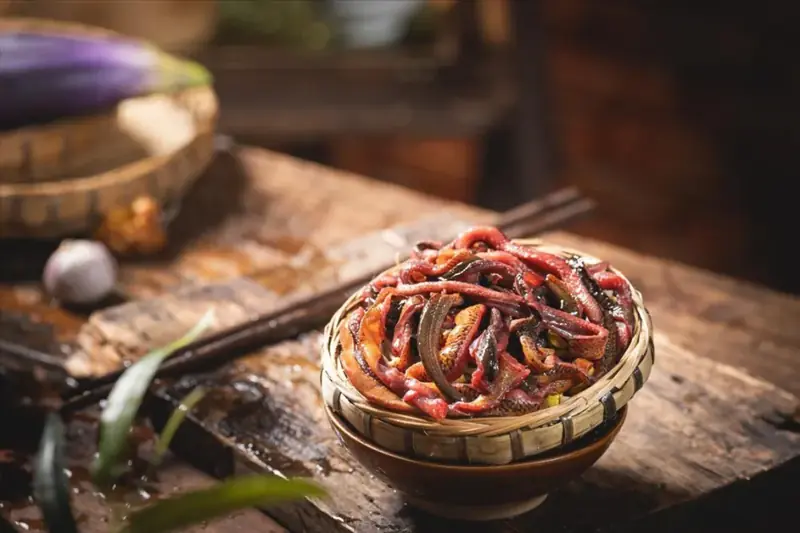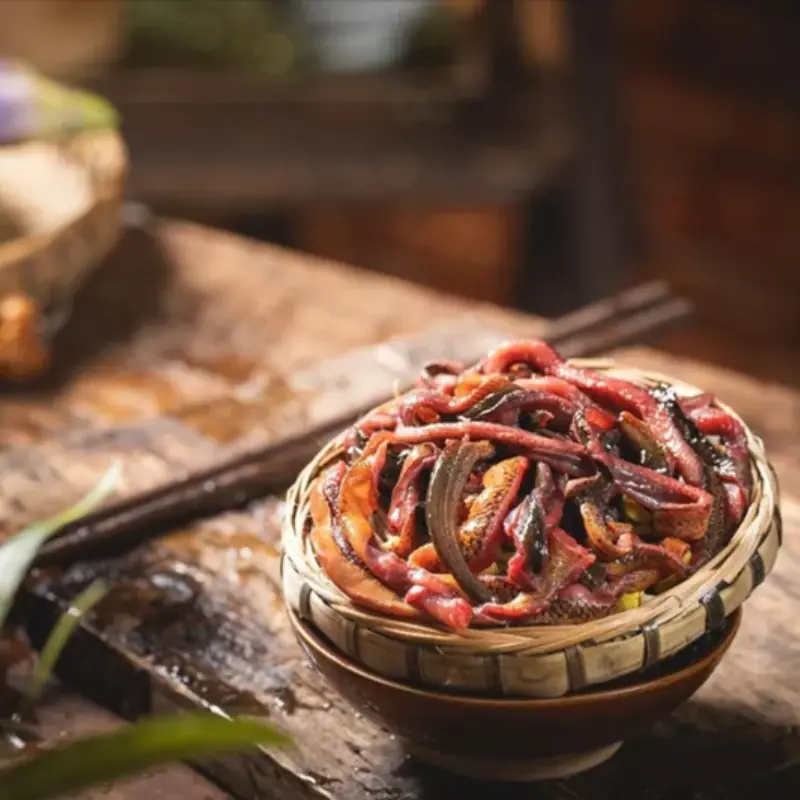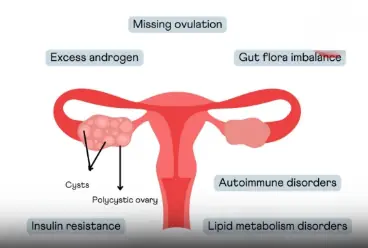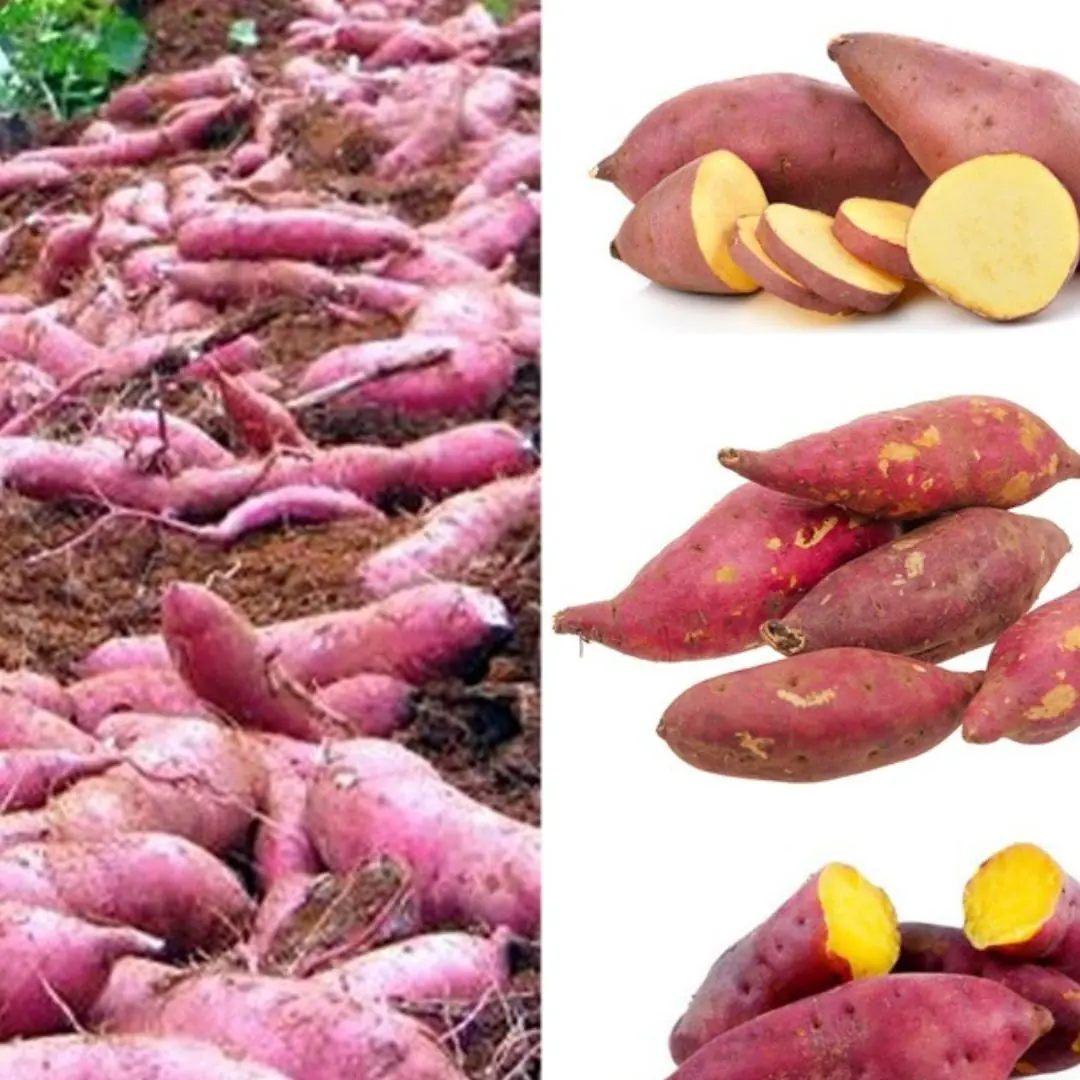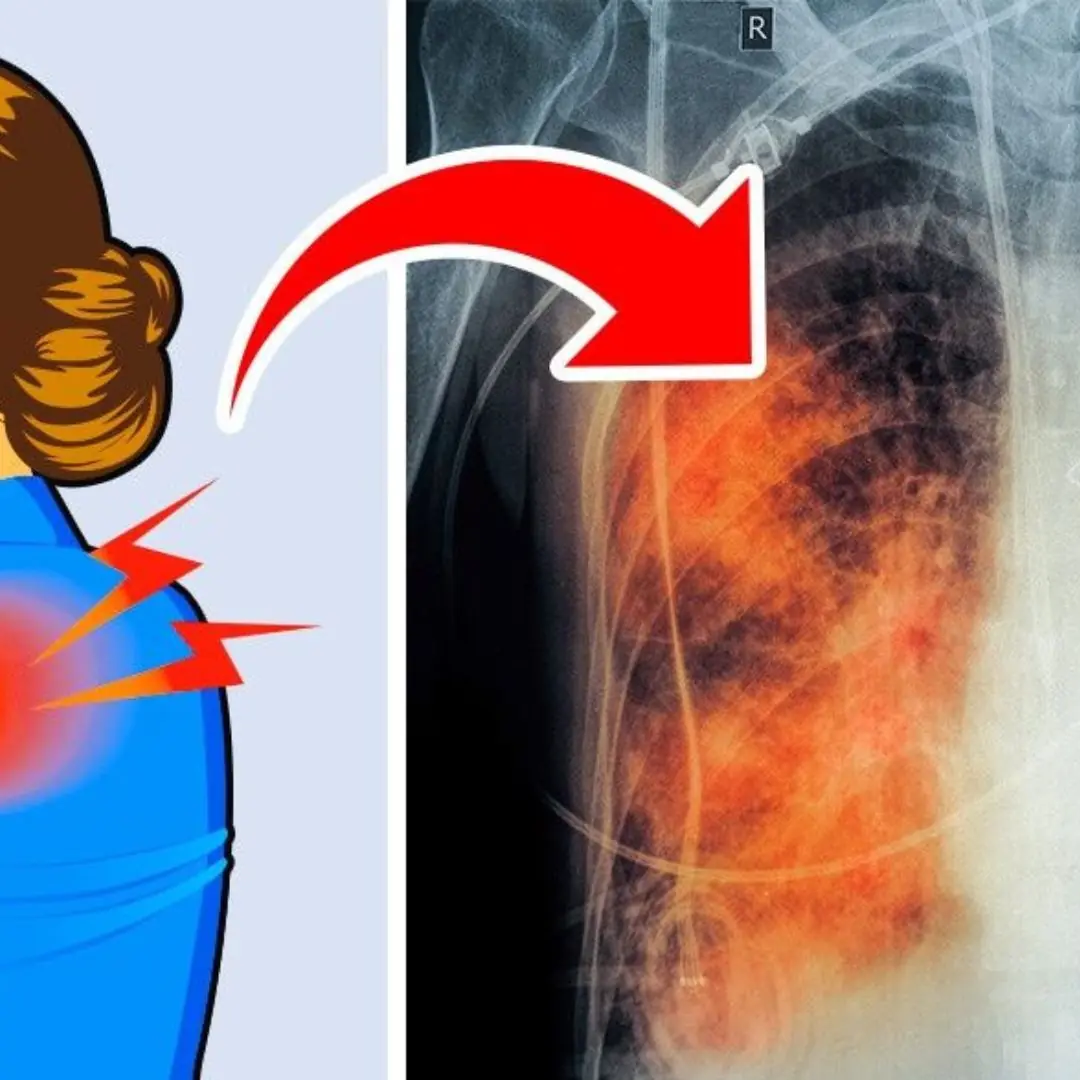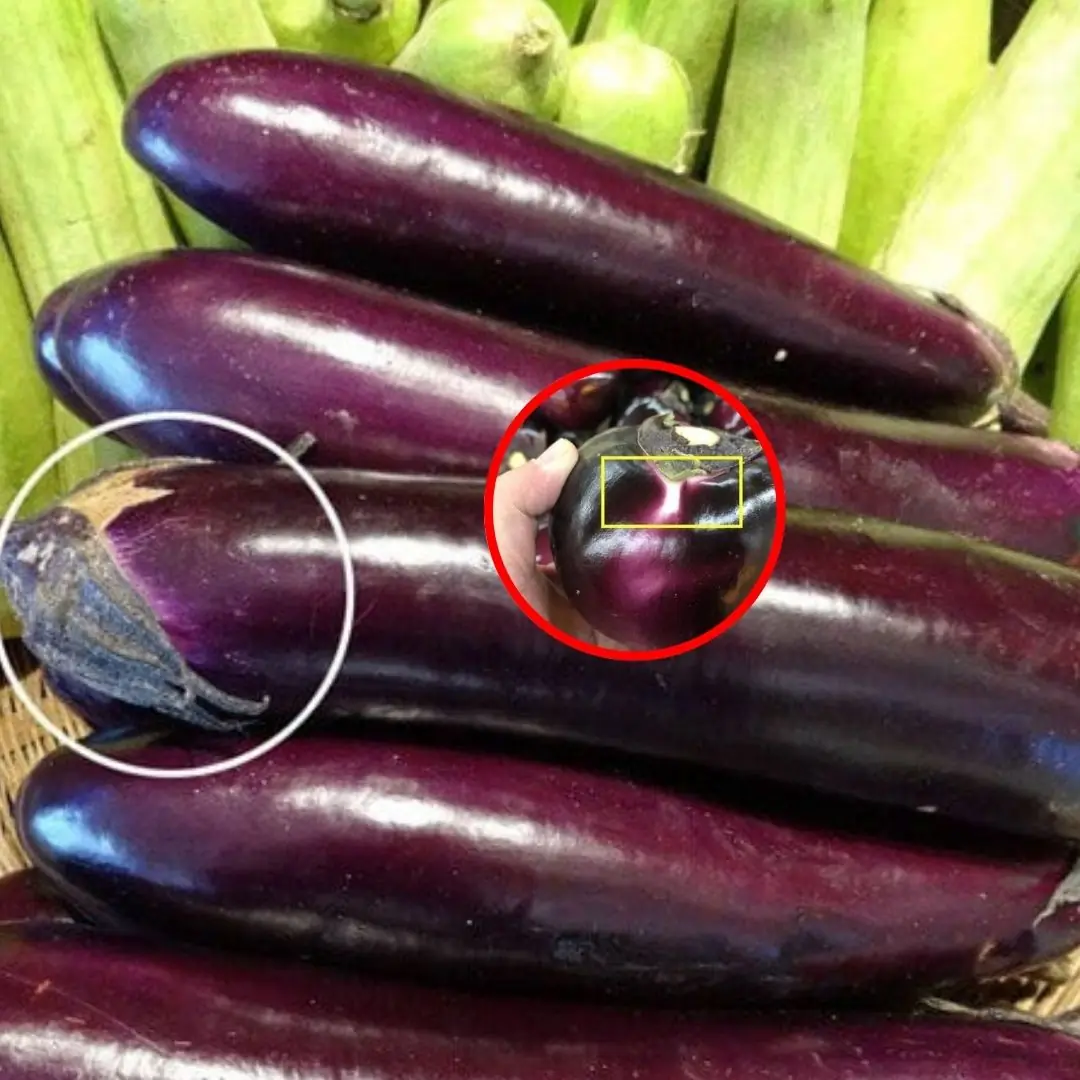White rice is a staple in many households around the world, offering a comforting and versatile base for countless meals. For years, it's been considered a common food choice, often consumed in large portions. But how much white rice should an adult actually eat in a day? Recent research and health guidelines are challenging common beliefs and encouraging people to rethink their rice consumption.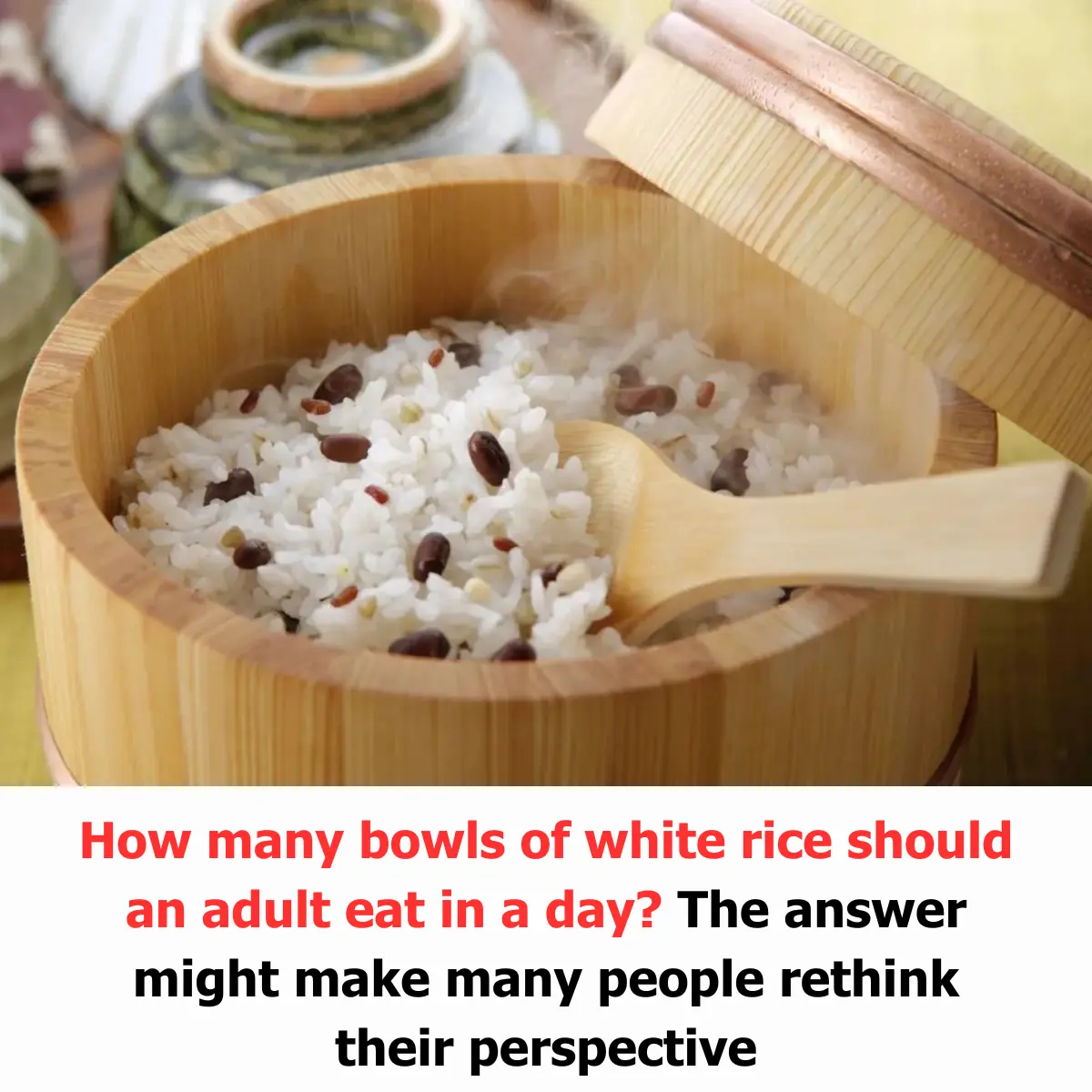
The Nutritional Profile of White Rice
White rice, a refined grain, is stripped of its outer layers during processing, which removes much of its fiber, vitamins, and minerals. While it provides a quick source of carbohydrates, it's considered to be less nutrient-dense compared to its whole grain counterparts, such as brown rice or quinoa.
The main component of white rice is starch, which the body breaks down into glucose (sugar) to provide energy. While this can be beneficial for quick energy, consuming too much rice, especially without balancing it with other food groups, may lead to excessive calorie intake and spikes in blood sugar levels.
Recommended Portions: How Much is Too Much?
The general recommendation for rice consumption varies depending on the person’s age, sex, activity level, and overall health. However, according to nutrition experts, adults should aim for a serving size of about half a cup of cooked white rice per meal. This portion typically provides around 100–150 calories, which should fit into a balanced diet.
For those following a more active lifestyle, a bit more rice can be appropriate to fuel the body. However, sedentary individuals or those looking to maintain or lose weight should consider limiting their intake.
Many people consume much larger portions—often one or two full bowls—without realizing the potential consequences. Overeating rice regularly can contribute to excessive calorie intake, weight gain, and an increased risk of chronic conditions such as type 2 diabetes and heart disease, particularly when combined with other high-carb foods.
White Rice and Blood Sugar
One of the key concerns about white rice is its high glycemic index (GI), which measures how quickly a food raises blood sugar levels. White rice has a relatively high GI, meaning it can cause rapid spikes in blood sugar, followed by crashes that may leave you feeling fatigued and craving more food.
For people with insulin resistance or diabetes, this rapid fluctuation in blood sugar can be particularly harmful. Studies have shown that consuming large amounts of white rice regularly may increase the risk of developing type 2 diabetes. As a result, experts recommend moderating white rice intake and pairing it with foods that have a low GI, such as vegetables and proteins, to help balance blood sugar levels.
The Benefits of Moderation
Moderation is key when it comes to eating white rice. It's not about completely eliminating it from your diet, but rather about adjusting your portion sizes and being mindful of the other food choices you're making. Replacing a portion of white rice with whole grains like brown rice, quinoa, or farro can provide more fiber, vitamins, and minerals, offering a more balanced nutritional profile.
Additionally, diversifying your diet with a variety of whole foods—such as fruits, vegetables, lean proteins, and healthy fats—can provide a broader range of nutrients, making your meals more satisfying and healthful.
Conclusion: Rethink Your Rice Consumption
The answer to how many bowls of white rice an adult should eat in a day may surprise many. While rice is not inherently bad, it's important to be mindful of portion sizes and to balance it with other food choices. As a general guideline, sticking to one small serving of white rice per meal—about half a cup—can help prevent overconsumption of carbs and calories. By incorporating a variety of grains and vegetables into your meals, you can enjoy the comfort of rice without compromising your health.
Rethinking our rice consumption may seem like a small change, but it can have a significant impact on overall health and wellness. So, next time you dish out a bowl of rice, consider the portion size and make it part of a well-rounded meal. Your body will thank you for it.
